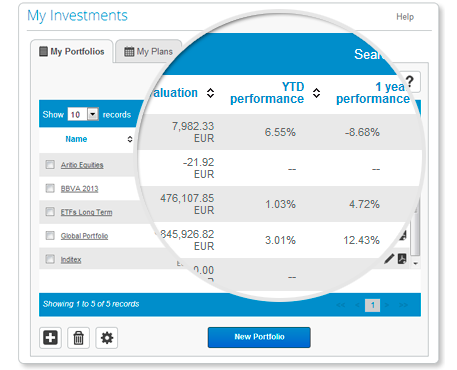Roboadvisors The downside
Post on: 16 Март, 2015 No Comment

Robo-advisor. (Photo: Thinkstock)
Robo-advisers are getting lots of misplaced accolades lately as the noble purveyors of inexpensive financial advice for the average person. And traditional advisers, the thinking goes, supposedly ignore that average person. Nonsense.
The robo-adviser conceit is that advisers, the flesh-and-blood kind you meet with personally, overcharge and are only for the rich. Aside from the fact that this contention is a crock of baloney, living and breathing advisers are far superior to the online alternative. Reason: They know you better and furnish a full range of counseling, not just canned investing tips.
The web advice business, for the most part, offers templates that guide your investing, based on a questionnaire. Human beings, however, have needs that are far more complex than a paint-by-numbers approach can accommodate.
Robo-advisers may charge 0.25% to 0.3% annually of assets under their management. Physical advisers who run your money usually take around 1% – except for stockbrokers, who get paid by sales commissions, and advisers who don’t assume control of your assets. The latter type may charge anywhere from a few hundred to $1,500 per year to tailor a plan for you. While generally higher, those fees are not exorbitant, and well worth it for the better service.
The notion that physical advisers are solely dedicated to the big-bucks set is ludicrous. A Cerulli Associates study shows that the vast majority of adviser clients have portfolios far below $100,000. Plus, adviser organizations like the Foundation for Financial Planning provide free advice to people of modest means.
Going with a robo-adviser is like buying a house with half a roof: You save on roofing costs, but when it rains, that’s not much solace.
Robo-advisers like Betterment and Wealthfront give scant attention to wealth management: planning for your estate, taxes, insurance and all the other life contingencies that lie outside of investing. Expanding your portfolio is wonderful, yet what you do with it and how you protect your family are areas that robo-advisers seldom can help you with. Besides, all too often, these automatic planners give you only exchange-traded funds that track well-known indexes. Forget about trying to beat the market.
But what’s missing most with robo-advisers is the personal touch. Some of these companies offer 800 numbers so you can talk to a person, which usually amounts to someone different every time, someone who doesn’t know you.
If a baby is on the way, no cookie-cutter algorithm can tell you the myriad things you need to do to prepare for the enormous change in your life, and how to plan for your young one’s future. If your spouse dies – the life partner who handled all financial matters – a computer screen or a stranger’s voice on an 800 line can’t replace a trusted adviser who lives nearby and can rush right over. That adviser knows you and your family; the robo-adviser doesn’t.
Most importantly, the next time the stock market takes a dive, no automatic planning service will be there to hold your hand and prevent you from panicking, such as by selling all your shares, a decision you will rue once the market rebounds.
Many people don’t know what they don’t know. They don’t know what questions to ask; wealth management is not their area. A robo-adviser is next to no help to them.
Larry Light is editor-in-chief of AdviceIQ Financial Advisors Network, which is a USA TODAY content partner offering financial news and commentary. Its content is produced independently of USA TODAY.














